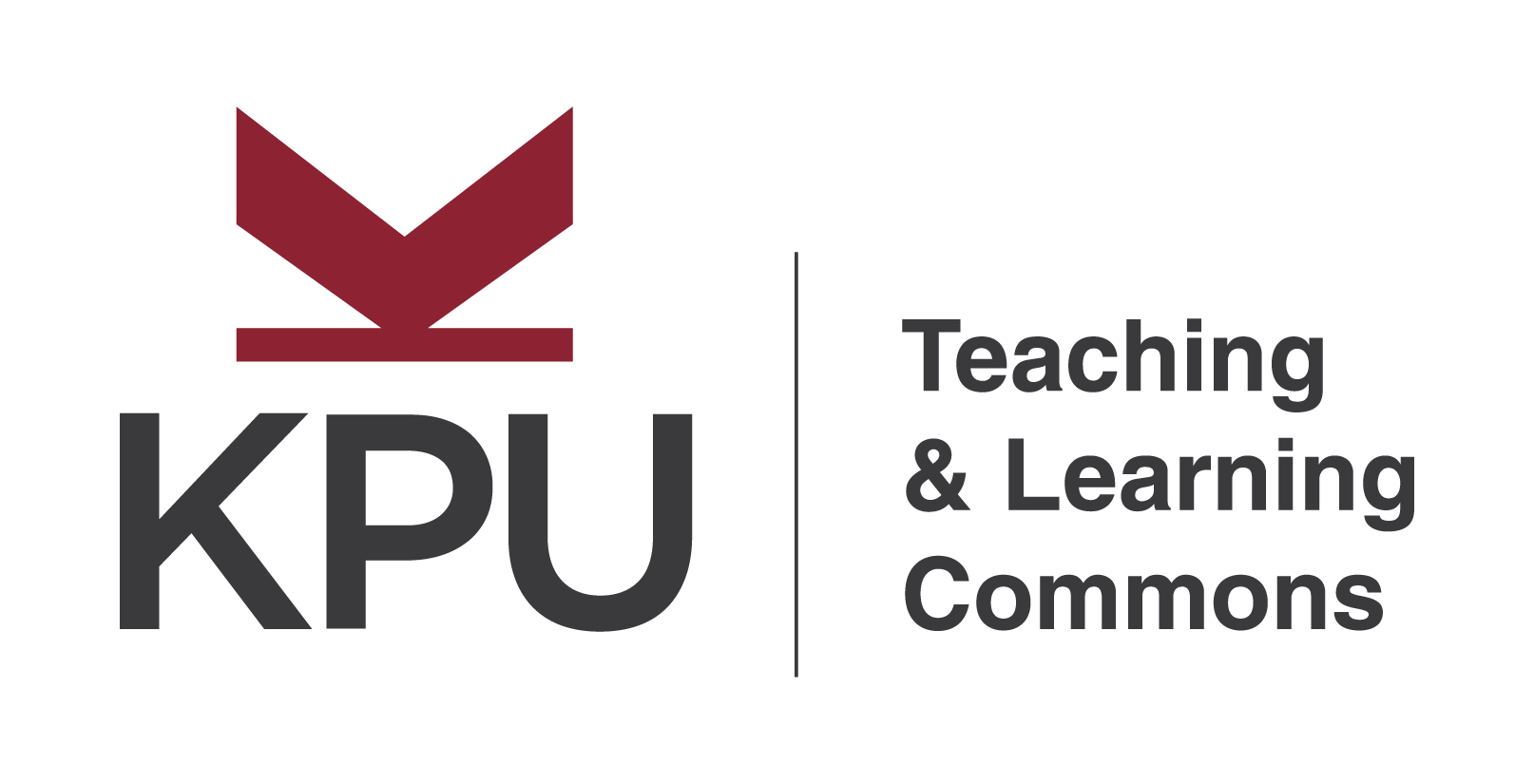5
LEARNER SUCCESS CHECKLIST
The learner support checklist includes prompts to consider in supporting, engaging and motivating students to interact with course content, with their peers and the instructor throughout the course.
- Students can clearly differentiate blended courses from fully online, in-person during registrations.
- Students have the option to request an official course outline before they register for the course
- Before the start of the course, students are provided a self-assessment to determine if they possess the self-motivation and commitment to engage with blended courses
- Students are advised to determine if they have access to technology requirements to complete course activities
- Students are aware how to access the learning management system (LMS) where the course is housed
- Students have access to the course LMS ahead of the course start date
- Students have access to contact the instructor before the start of the course (if required)
- Students who register after the first day of class are provided guidance to get up to speed with the course
- Technology tools used for lesson delivery are privacy compliant
- Students have access to information regarding required print/digital course material, ISBN numbers for textbooks, supplies, delivery modes prior to course start
- If students are required to access open material, access links, information about copyright are provided
- If students are to register with external websites (publisher/others), registration information, access codes, technical support information available
- Students can access, engage with course resources with minimum barriers (e.g., affordable textbooks, simple processes to register with external resources, friendly technology formats – mobile, tablet friendly access etc.)
- Students are provided contact information, mode of communication and office hours of the instructor
- Throughout the course, students have access to appropriate technical assistance
- Policies, processors, and resources are in place to support students with special needs
- Students are provided with makeup opportunities for missed work due to medical and family emergencies
- Course and lesson outcomes are clearly outlined that describes successful learning
- Learners are provided alternative methods to engage with course content (written, visual, audio, video etc.)
- Instructions to complete learning and assessments are clear, direct, and concise.
- Course syllabus clearly outlines, outcomes, expectations, timelines, assessments, modalities, policies to complete course tasks
- An online space (discussion boards, conferencing link etc.) is provided for students to meet outside of class
- Feedback and support mechanisms from a variety of sources (material, peers, instructors, external parties) clarifies, amplifies, and extends learning
- Students have access to resources, tools to enable individual and team learning
- Learners are aware as to how the content they learn would benefit them
- Learners are given the responsibility to take charge of their learning
- The course workload and pacing are equitability distributed across the course
- Procedures to request accommodations, missed work, extensions are compassionate and not overbearing
- Self-correcting, self-assessment activities are used to support practice, flexibility and pacing of course activities
- Learners are provided a choice of media for learning and assessment activities
- Flexible learning and assessment approaches are built into the course to accommodate exceptions
- Mechanisms are available for students to access internal university resources for support
- The design of course, lesson and facilitation activities enable, motivate learners to interact with CONTENT in an online and in-person environments
- The design of course, lesson and facilitation activities enable, motivate learners to interact with FELLOW LEARNERS in an online and in-person environments
- Learners are able to interact with the INSTRUCTOR to clarify instructions, receive feedback on a timely manner in an online and in-person environments
- Learners are able to interact with TECHNOLOGY to complete activities, engage with content, fellow learners and the instructor in online and in-person environments
